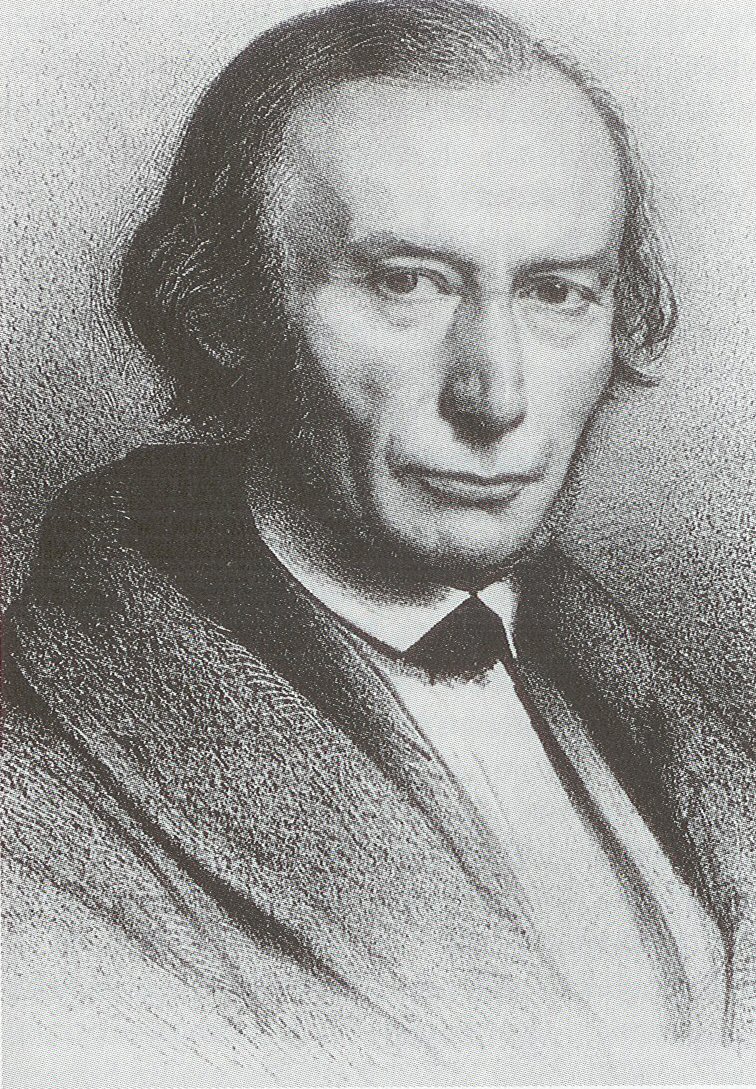Friedrich Maximilian Hessemer on:
[Wikipedia]
[Google]
[Amazon]

 Friedrich Maximilian Hessemer (24 February 1800 in
Friedrich Maximilian Hessemer (24 February 1800 in
* The Milton S. Eisenhower Library of
{{DEFAULTSORT:Hessemer, Friedrich Maximilian 1800 births 1860 deaths 19th-century German architects 19th-century German poets Architects from Darmstadt Burials at Frankfurt Main Cemetery German male poets 19th-century German male writers Technische Universität Darmstadt alumni Writers from Darmstadt

Darmstadt
Darmstadt () is a city in the States of Germany, state of Hesse in Germany, located in the southern part of the Frankfurt Rhine Main Area, Rhine-Main-Area (Frankfurt Metropolitan Region). Darmstadt has around 160,000 inhabitants, making it the ...
– 1 December 1860 in Frankfurt am Main
Frankfurt am Main () is the most populous city in the States of Germany, German state of Hesse. Its 773,068 inhabitants as of 2022 make it the List of cities in Germany by population, fifth-most populous city in Germany. Located in the forela ...
) was a German architect and author.
Life
His father was Bernhard Hessemer, the Baurat (building commissioner) ofHesse
Hesse or Hessen ( ), officially the State of Hesse (), is a States of Germany, state in Germany. Its capital city is Wiesbaden, and the largest urban area is Frankfurt, which is also the country's principal financial centre. Two other major hist ...
. He spent several years at the local Gymnasium, but did not graduate, following instead his father's wishes that he join the Grand Ducal Artillery. In military school, he showed a special interest in mathematics. He later spent two years at the University of Gießen
University of Giessen, official name Justus Liebig University Giessen (), is a large public research university in Giessen, Hesse, Germany. It is one of the oldest institutions of higher education in the German-speaking world. It is named afte ...
, studying science and philosophy. In 1817, he was a participant in the " Wartburg Festival". His cousins Adolf Ludwig, Karl Karl may refer to:
People
* Karl (given name), including a list of people and characters with the name
* Karl der Große, commonly known in English as Charlemagne
* Karl of Austria, last Austrian Emperor
* Karl (footballer) (born 1993), Karl Cac ...
and Paul Follen
Paul Follenius (May 5, 1799 – October 3, 1844) was a German-American attorney and farmer, who had founded the Gießener Auswanderungsgesellschaft (''Gießen Emigration Society'').
Early life
He was born at Gießen, in Hesse-Darmstadt, Ger ...
were among the movement's leaders. He began writing while at Geißen, producing mostly poems at first. When he returned to Darmstadt, he took up the study of architecture.
After completing his training in 1827, he embarked on a two-year study trip to Italy. While in Rome, he learned that he had been accepted as a teacher at the Städelschule
The Städelschule, full name Hochschule für Bildende Künste–Städelschule, is a tertiary school of art in Frankfurt am Main, Germany. It accepts about 20 students each year from around 500 applicants, and has a total of approximately 150 ...
in Frankfurt, but was allowed to extend his study trip with a visit to Egypt. He returned with hundreds of drawings of Arabic art and architecture and took up his duties in August 1830. A year later, he became a member of the Masonic Lodge
A Masonic lodge (also called Freemasons' lodge, or private lodge or constituent lodge) is the basic organisational unit of Freemasonry.
It is also a commonly used term for a building where Freemasons meet and hold their meetings. Every new l ...
.
In 1838, he refused an offer from the Dresden University of Technology
TU Dresden (for , abbreviated as TUD), also as the Dresden University of Technology, is a public research university in Dresden, Germany. It is the largest institute of higher education in the city of Dresden, the largest university in Saxony a ...
and remained at the Städelschule for the rest of his life. His grave in the Frankfurter Hauptfriedhof is next to one of his best-known works, the Mausoleum of Countess Emilie von Reichenbach-Lessonitz.
In 1842, Hessemer drew many examples of Cosmati
The Cosmati were a Roman family, seven members of which, for four generations, were skilful architects, sculptors and workers in decorative geometric mosaic, mostly for church floors. Their name is commemorated in the genre of Cosmatesque work, o ...
mosaics in Venice, Sickly and Naples. Paloma Pajares-Ayuela (2001) ''Cosmatesque Ornament''
Selected writings
Architecture
* ''Historic Designs and Patterns in Color from Arabic and Italian Sources'', Dover (1990) * ''Das Fahrtor'' (an old city gate in Frankfurt; demolished in 1840), in: ''Archiv für Frankfurter Geschichte und Kunst'' (AFGK) No.1, 1839 * ''Der Pfarrthurm in Bezug auf seinen ästhetischen Charakter und in Berücksichtigung seines weiteren Ausbaues'' (The Parish Tower of Frankfurt Cathedral, its aesthetic character in light of its extensions), in: AFGK No.3, 1844Poetry
* ''Jussuf und Nafisse'', a narrative poem in oriental style (1847). Reissued by the Nabu Press (2012) * ''Lieder der unbekannten Gemeinde'' (Songs of the Unknown Congregation), Leipzig, F.A.Brockhaus (1854), reissued by the Nabu Press (2012) * ''Ring und Pfeil'' (Ring and Arrow) (1859), a novel in verseTravel letters
* ''Briefe seiner Reise nach Italien, Malta und Ägypten, 1827-1830'', 5 vols., Maximilian Gesellschaft, Hamburg, (2002–03)References
External links
* * University of Gießen. Rolf Haaser's Homepage. Includes a short biography of Hessemer with commentary on ''Jussuf und Nafisse'' and Hessemer's interest in Arabic design* The Milton S. Eisenhower Library of
Johns Hopkins University
The Johns Hopkins University (often abbreviated as Johns Hopkins, Hopkins, or JHU) is a private university, private research university in Baltimore, Maryland, United States. Founded in 1876 based on the European research institution model, J ...
: F. W. Hessemer documents collectio{{DEFAULTSORT:Hessemer, Friedrich Maximilian 1800 births 1860 deaths 19th-century German architects 19th-century German poets Architects from Darmstadt Burials at Frankfurt Main Cemetery German male poets 19th-century German male writers Technische Universität Darmstadt alumni Writers from Darmstadt